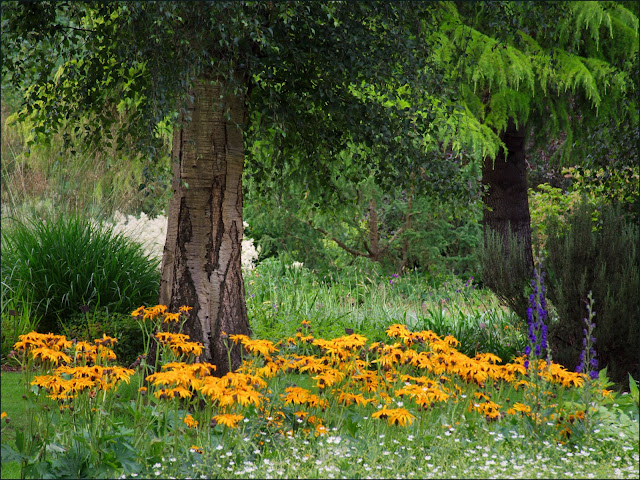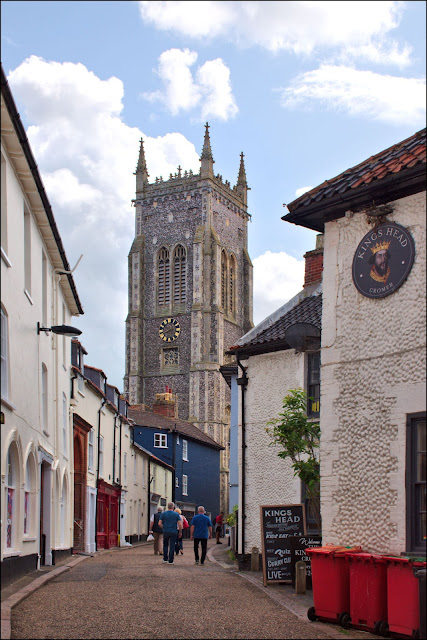Children go to the seaside to build sandcastles, paddle in the sea and eat candy floss. Older folks just like to look at stuff; sit in a deckchair and watch the waves coming in, stroll along the prom, walk out on the pier. And you're allowed to be a little bit childish too.
My brother and I went to Cromer in north Norfolk last week. Wandering about, looking at stuff and taking some photographs.
The British seaside pier used to feature in almost every resort, though many have now fallen into disrepair or disappeared completely. Cromer's pier is kept alive for both frivolous and very serious reasons - the buildings at the end of the pier are a variety theatre and a lifeboat station.
Here's the entrance, lets have a wander.
It's a great place to photograph the gulls who regularly cruise over in case anyone's dropped a chip.
Or you can look out along the coast and see the town perched on the low cliffs.
The gulls seem to have claimed this breakwater as a pier of their very own!
Cromer is the favourite seaside place for many; it has a little bit of everything.
Minimalist photography. Not something that usually interests me, but there were strange distortions going on as I peered through this old lamp.
More to my taste was this dilapidated old façade looking out to sea. But I wanted to play where there was even more rust and ruin. And just along the coast.....
These magnificently rusty old workhorses pull the fishing boats up the beach. The constant exposure to saltwater soon destroys the paintwork.
Gorgeous colour and texture.
More colour from all the fishing equipment left lying around.
Some quirky fisherman has patched up the side-window of the cab with one of those boards where you poke your head through the hole to be photographed as Batman or Robin. The handy openings give the driver some visibility out to the side - and he can be a superhero!
Beach huts. Most of them locked up safely at this time of year. Have you ever wondered what's inside?
So now you know!
"Stern Reality" 2023
If you're wondering why I've given the above photo a title, it's because it reminds me, in a whimsical way, of a famous historic photograph....
"Stern Reality" 1892
by Frank Meadow Sutcliffe
The Whitby Photographer
While I'm in this childish mood, how could I resist the "slow pedestrians"? In fact I think I've become one.
Back at the pier there's an immature gull posing for a picture.
Cromer's huge church appears unexpectedly at the end of many narrow streets. We did pop inside but I'm not going to feature it on By Stargoose And Hanglands.
At the end of other streets: the North Sea. Les, as usual when visiting the coast, wanted a crab. And Cromer is famous for its crabs.
I'd wanted to include the crab in the photo, but I didn't predict that Les would put his hands in the perfect position. Snap!
Take care.

























































